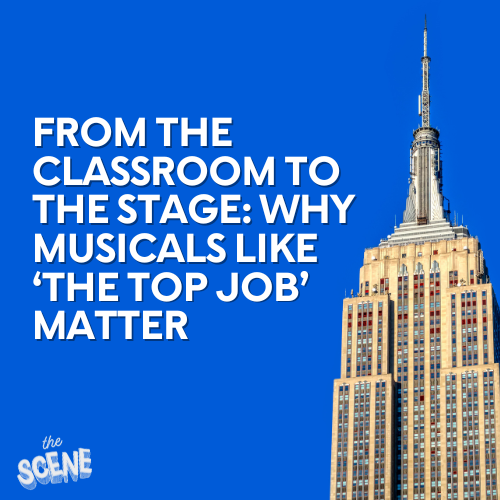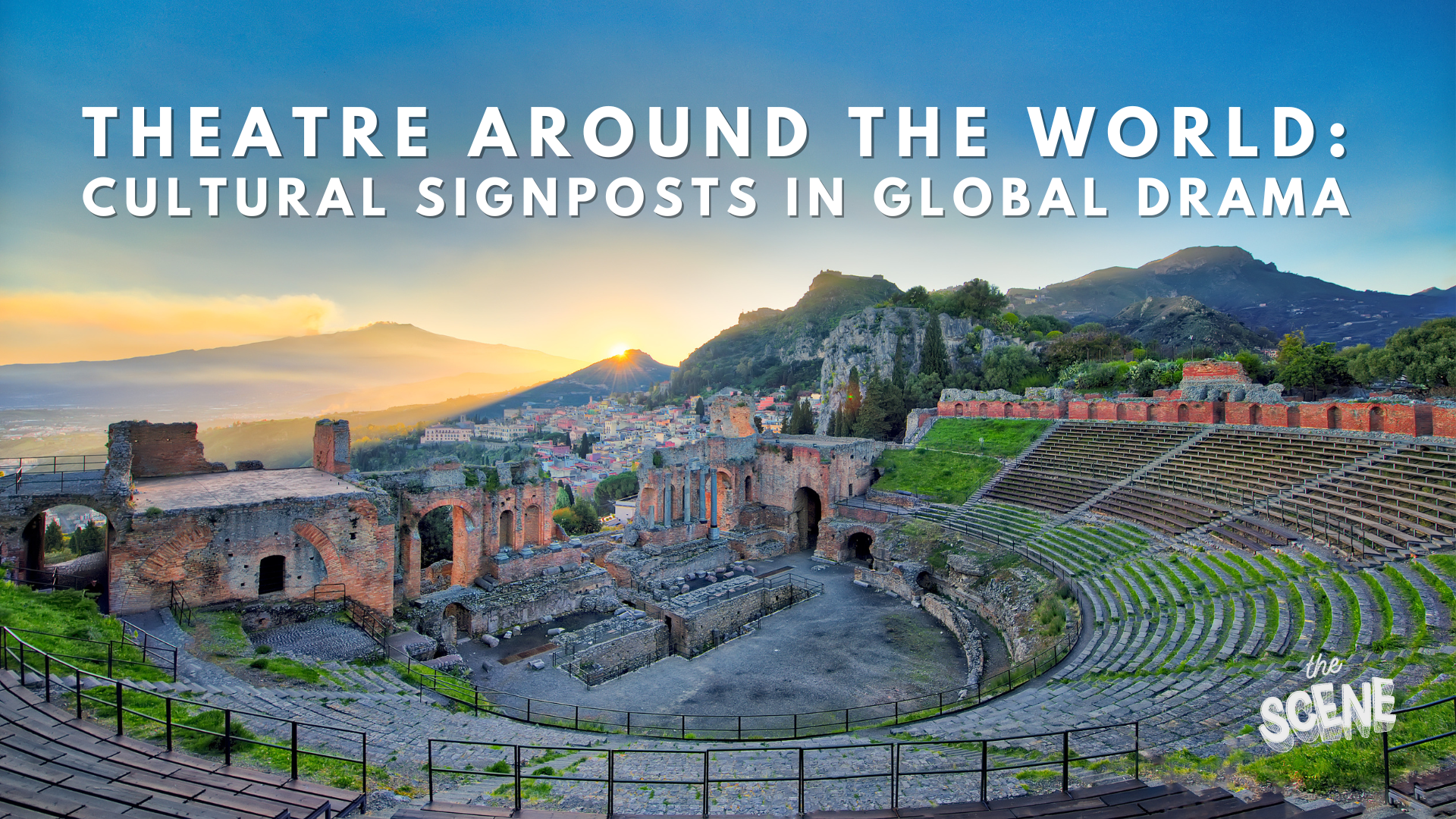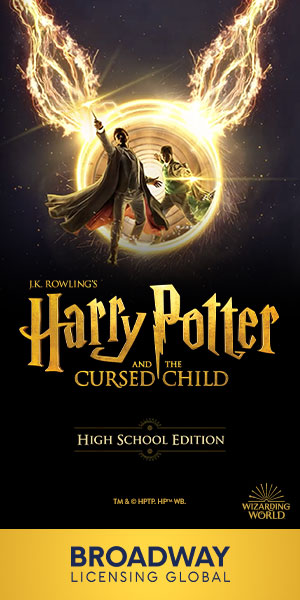By Zach Dulli, The Scene
Theatre has been a fundamental part of human culture for millennia, reflecting societal values, historical contexts, and cultural narratives. For theatre educators, understanding the diverse theatrical traditions around the world provides invaluable insights into how different societies use performance to communicate, educate, and entertain. This blog post explores several significant theatrical traditions from various cultures, highlighting their unique characteristics and cultural significance.
Greek Theatre: The Birthplace of Western Drama: Greek theatre, originating in the 5th century BCE, is often considered the cradle of Western drama. The Greeks developed theatrical forms such as tragedy and comedy, which were performed during religious festivals honoring Dionysus, the god of wine and fertility. Key playwrights like Aeschylus, Sophocles, and Euripides explored themes of fate, justice, and the human condition, often reflecting the political and social issues of their time. Key Features of Greek Theatre include:
- Chorus: A group of performers who comment on the action and interact with the characters, representing the collective voice of society.
- Masks: Used to depict different characters and amplify the actors’ voices.
- Open-Air Theatres: Built into hillsides, these venues utilized natural acoustics and could accommodate thousands of spectators.
Noh Theatre: Japan’s Spiritual and Aesthetic Tradition: Noh theatre, which emerged in the 14th century, is one of Japan’s oldest theatrical forms. Developed by Kan’ami and his son Zeami, Noh combines dance, music, and drama to create a highly stylized and symbolic performance. The themes often revolve around spiritual and supernatural subjects, reflecting the influence of Zen Buddhism and Shintoism. Key Features of Noh Theatre include:
- Masks: Intricately crafted and used to portray different characters, including gods, spirits, and demons.
- Slow, Deliberate Movements: Reflecting the spiritual and meditative nature of the performance.
- Minimalist Staging: Emphasizes the actors’ performances and the symbolic elements of the story.
Kathakali: The Colorful Dance-Drama of India: Kathakali, originating from the southwestern state of Kerala in India, is a classical dance-drama known for its elaborate costumes, vibrant makeup, and intricate gestures. Rooted in Hindu mythology, Kathakali performances typically depict stories from epics like the Mahabharata and Ramayana. Key Features of Kathakali include:
- Elaborate Makeup and Costumes: Transform the actors into gods, demons, and heroes.
- Mudras: A complex system of hand gestures used to convey the story.
- Musical Accompaniment: Traditional instruments and vocalists enhance the dramatic effect.
Commedia dell’Arte: Italy’s Improvisational Comedy: Commedia dell’Arte, which flourished in Italy during the 16th century, is a form of theatre characterized by improvised performances based on stock characters and scenarios. Troupes of actors traveled from town to town, performing in public squares and using humor to comment on contemporary social issues. Key Features of Commedia dell’Arte include:
- Stock Characters: Such as Arlecchino (Harlequin), Pantalone, and Colombina, each with distinct costumes and traits.
- Improvisation: Actors developed their dialogues and actions on the spot, guided by a loose scenario.
- Masks: Worn by most characters, aiding in quick character recognition and comedic exaggeration.
Beijing Opera: China’s Cultural Treasure: Beijing Opera, or Peking Opera, is a traditional Chinese theatre form that combines music, vocal performance, mime, dance, and acrobatics. It began in the late 18th century and has become a national symbol of Chinese culture. The stories often draw from Chinese history, folklore, and classical literature. Key Features of Beijing Opera include:
- Face Painting: Distinctive makeup patterns that signify different character types and their attributes.
- Stylized Movements: Including martial arts and acrobatics, reflecting the characters’ roles and emotions.
- Highly Formalized Vocal Techniques: Combining speech, song, and musical accompaniment.
Yoruba Theatre: Nigeria’s Rich Cultural Expression: Yoruba theatre in Nigeria is deeply rooted in the traditions and rituals of the Yoruba people. It encompasses a variety of forms, from traditional religious rituals to contemporary plays. Yoruba theatre often incorporates music, dance, and storytelling, emphasizing community participation and cultural heritage. Key Features of Yoruba Theatre include:
- Egungun Performances: Honoring ancestors with masked dances and rituals.
- Oral Tradition: Storytelling that passes down historical and moral lessons.
- Integration of Music and Dance: Creating a dynamic and engaging performance experience.
Modern Global Theatre: Fusion and Innovation: In today’s interconnected world, theatrical traditions are increasingly blending, leading to innovative forms that cross cultural boundaries. Contemporary theatre often incorporates elements from various traditions, creating hybrid performances that speak to global audiences. Examples of Modern Global Theatre include:
- Physical Theatre: Combines elements from different traditions, emphasizing movement and visual storytelling.
- Multicultural Productions: Productions like “The Lion King” musical, which blends African traditions with Western theatre.
Theatre around the world offers a rich tapestry of cultural signposts, reflecting the diverse ways societies understand and express their experiences. For theatre educators, exploring these traditions provides not only a deeper appreciation of global drama but also a valuable resource for teaching the universality and diversity of human expression. Whether through the structured narratives of Greek tragedy or the vibrant improvisations of Commedia dell’Arte, theatre remains a powerful medium for storytelling and cultural reflection.









